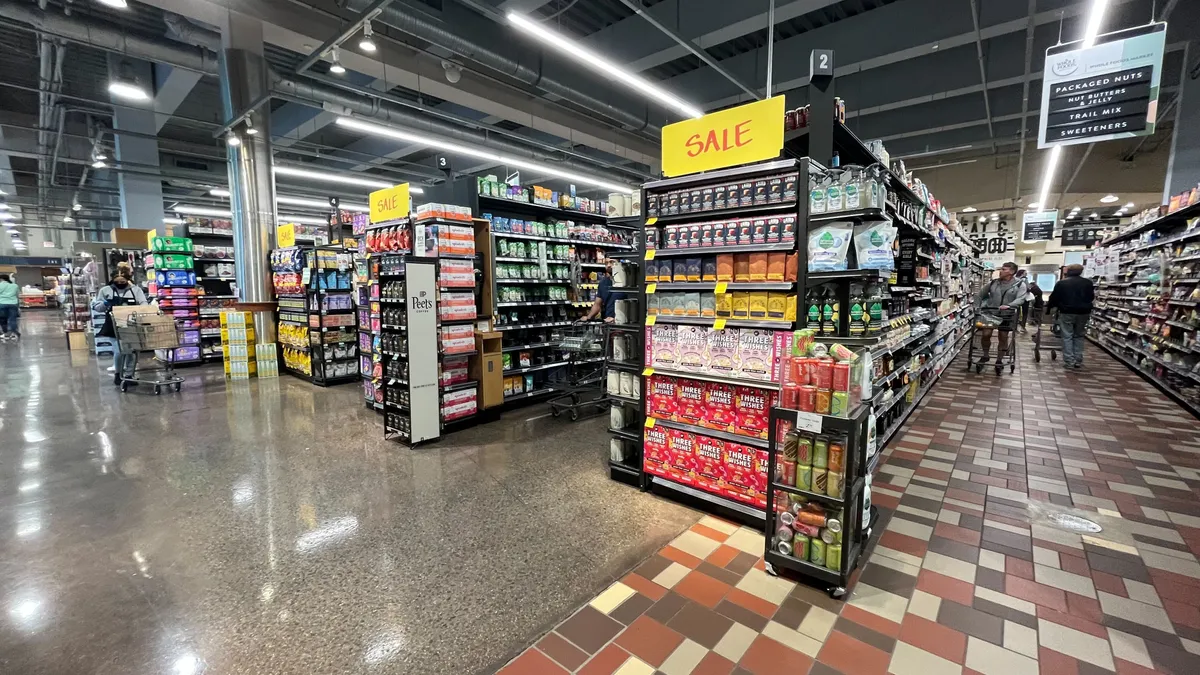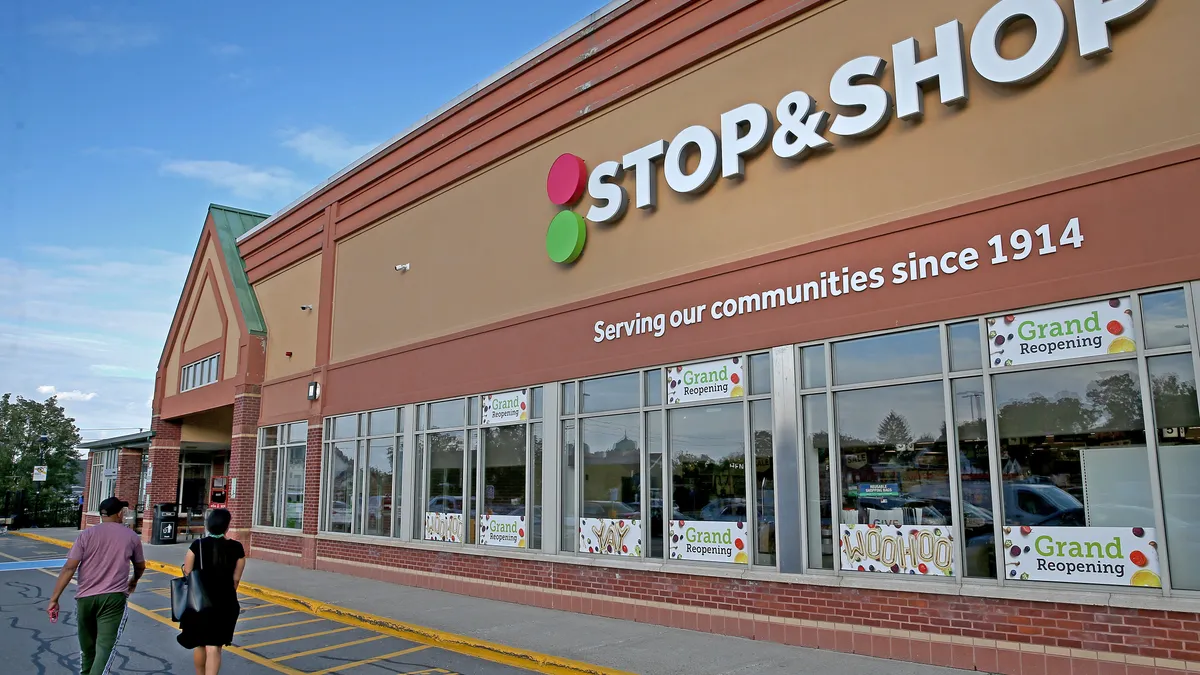Dive Brief:
- Although inflation has returned to food prices, grocers aren't passing those increases along to consumers for fear of losing them to the competition, according to The Wall Street Journal. The producer-price index (PPI) was up 3.5% in November over the same period last year, but the consumer-price index (CPI) went up just .6%. This is the widest margin between wholesale and retail prices in three years, according to Barclays.
- Grocers are choosing to cut operating expenses before they touch retail prices. Kroger is cutting operating costs and trying to make money by charging suppliers for late shipments.
- Grocery executives admit they'll have to eventually pass along higher prices. Smart & Final, for one, has begun raising prices, but only on products where it can still maintain its price advantage.
Dive Insight:
After the longest deflationary period in more than half a century, retailers are seeing food prices rise once again. November marked the fifth straight month of retail price inflation, but a meager .6% increase indicates retailers are very slowly passing along these increases.
According to Barclays analysts, a few competitors in particular are driving pricing pressure in the industry. "We believe Walmart's price investments and better execution combined with Aldi and Lidl's growth and Amazon's stepped-up efforts in grocery are all weighing on food retail prices," they wrote in a research note.
Because of its scale and its sway with suppliers, Walmart especially, is impacting retailers with its price cuts. Kroger has felt this acutely, with Walmart targeting the Cincinnati-based grocer in numerous markets. Kroger has responded with deep price cuts that have kept its margins razor thin, and lately its financial performance has improved as it rolls out its Restock plan to boost efficiency and lower costs.
Many independent stores and small chains, meanwhile, remain vulnerable to Walmart's pricing campaign.
"Markets with heavy Walmart exposure will experience the greatest pressure in the near-to-mid-term on comps and margins – so, the Eastern US is relatively worse positioned while the Western US should be relatively better off," Barclays analysts wrote.
Experts predict retailers will lean on suppliers to lower prices and improve efficiencies. This comes as grim news for beleaguered manufacturers, particularly packaged goods companies squeezed by falling demand and investments in innovation.
Kroger and Walmart, most notably, are pushing suppliers to get deliveries in on time, and punishing those that don't meet their deadlines. Kroger recently began charging suppliers $500 per day for deliveries made past a two-day window, while Walmart levels monthly fines against companies that are worth 3% of the value of each late or incomplete shipment. Walmart also charges for deliveries received too early.
In very competitive markets, grocers continue to slash prices rather than raise them. According to Wolfe Research numbers cited by the Journal, the average price of a basket of groceries purchased at Target, Kroger and Randalls stores in Houston dropped by 1% last month, while in the very competitive Virginia Beach market, Walmart cut its store brand prices by 6%.
Grocers will eventually need to raise retails as wholesale prices continue to climb. But it's hard to envision how that's going to play out in so many bitterly contested markets.









